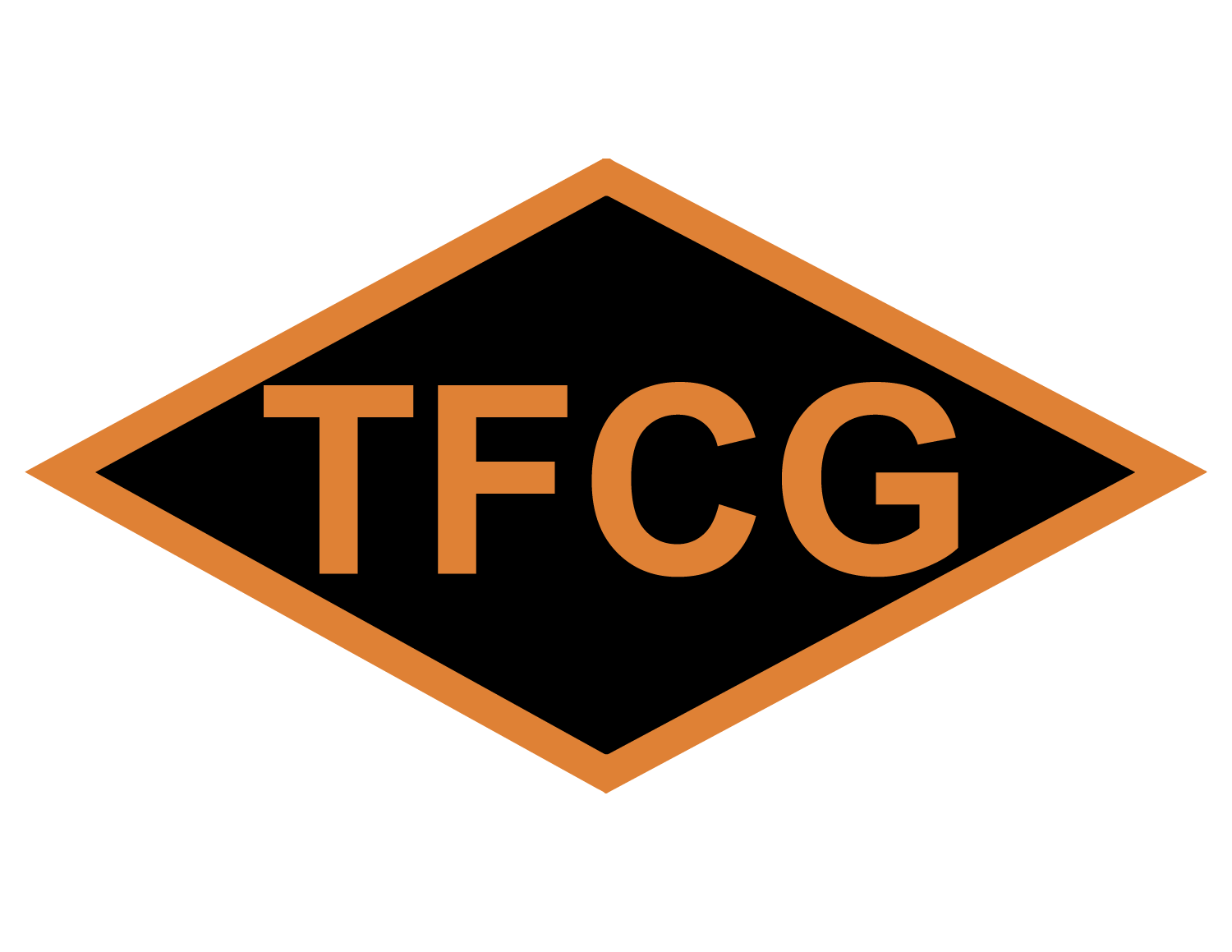Planning -- Asking the Right Question (#300)
Abraham Lincoln once said, “give me six hours to chop down a tree and I will spend the first four sharpening the axe.” The first and most critical step in building a plan or making a significant decision is taking a step back and spending time thinking through what problem you are trying to solve. The question you try to solve can drive quite different results. Asking, “What car should I buy?” probably results in the purchase of a new car. Asking “How can I have reliable daily transportation?” may have you consider a bike, public transportation, or a car to solve the problem.
Thinking about the question can be done for any personal, professional, or business plan or decision. Problems are typically multifaceted and can be tackled in many ways; there is rarely one way to solve a problem.
Doing the hard intellectual work of discerning what problem needs to be solved is equivalent to Lincoln’s four hours of axe sharpening. In the corporate world, this is best done in a collaborative environment where people with different perspectives on the problem can contribute ideas that enhance the thought process. The result of this step is 1-2 sentences that define the problem. It is useful to use the 5 Ws (who, what, when, where, and why) to craft the sentence and help you think through all aspects of the problem.
There are three different ways to think about developing your question:
Brainstorm ideas on how to ask the question. The answer to your question typically revolves around what question is posed. The answer you get when you ask “How do we give Bob a bonus for his outstanding performance?” is different then when you ask “How do we recognize Bob in a meaningful way for his outstanding performance?”
Brainstorm bad ideas. Develop a list of bad solutions to your question, the more ridiculous the better. The ridiculous solutions help you see how to push the boundaries on the solutions that you have subconsciously imposed. For instance, back on how to recognize Bob, a ridiculous solution could be “To throw a party for Bob with ponies and a petting zoo.” But that answer leads to a better solution which is “Give Bob a day off in recognition of his outstanding performance, so he can spend time on his family farm.”
List all the assumptions around the question. Then list all the opposites to the assumptions. Apple is great at this. The iPod was created because Apple looked at the assumption that people were content lugging around CDs. Instead, they asked wouldn’t you want to be able to carry “1,000 songs in your pocket?”
I recently helped an agri-business with their decision-making. When I first started working with them, the question they were trying to solve was “how do we buy a piece of property to give the company access to the Mississippi River?” Using this question, the company was all set to purchase a piece of property for tens of millions of dollars. Nevertheless, they took the time to step back, brainstorm, and develop a better question. Once they did that, the team decided that “How do we supply fertilizer in Arkansas for the next 10 years?” was a better question. Changing the question opened the company up to examine other options. Eventually, they went with one of the other options, which was significantly cheaper, but still provided them the ability to supply fertilizer to Arkansas for the next decade.
Conclusion
Like this article? Want more on planning and decision-making? Then check out:
If you’d like some more ideas on how to improve your planning take a look at Chapters 13 and 14 in my book, Grow Your Grit, available for sale at Amazon. Or reach out to me here to start the discussion about getting some help developing a decision-making and planning process for your team.
Go on the offense and use your new skills to ask a better question before you start building a plan or making a decision.



